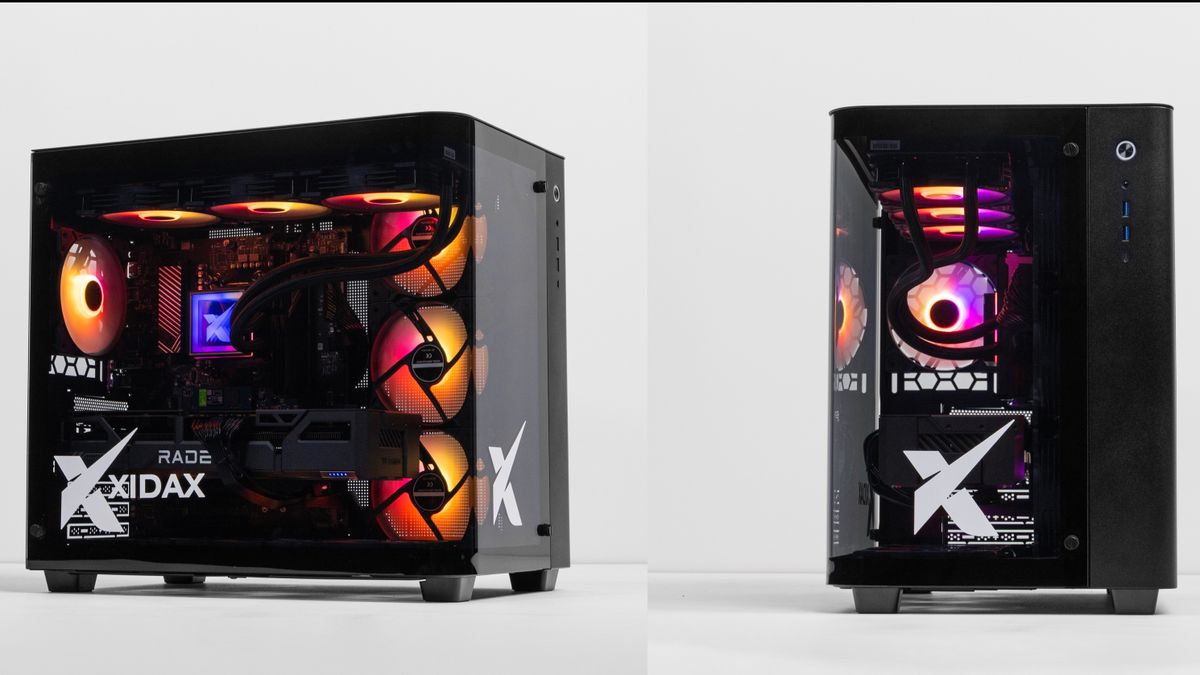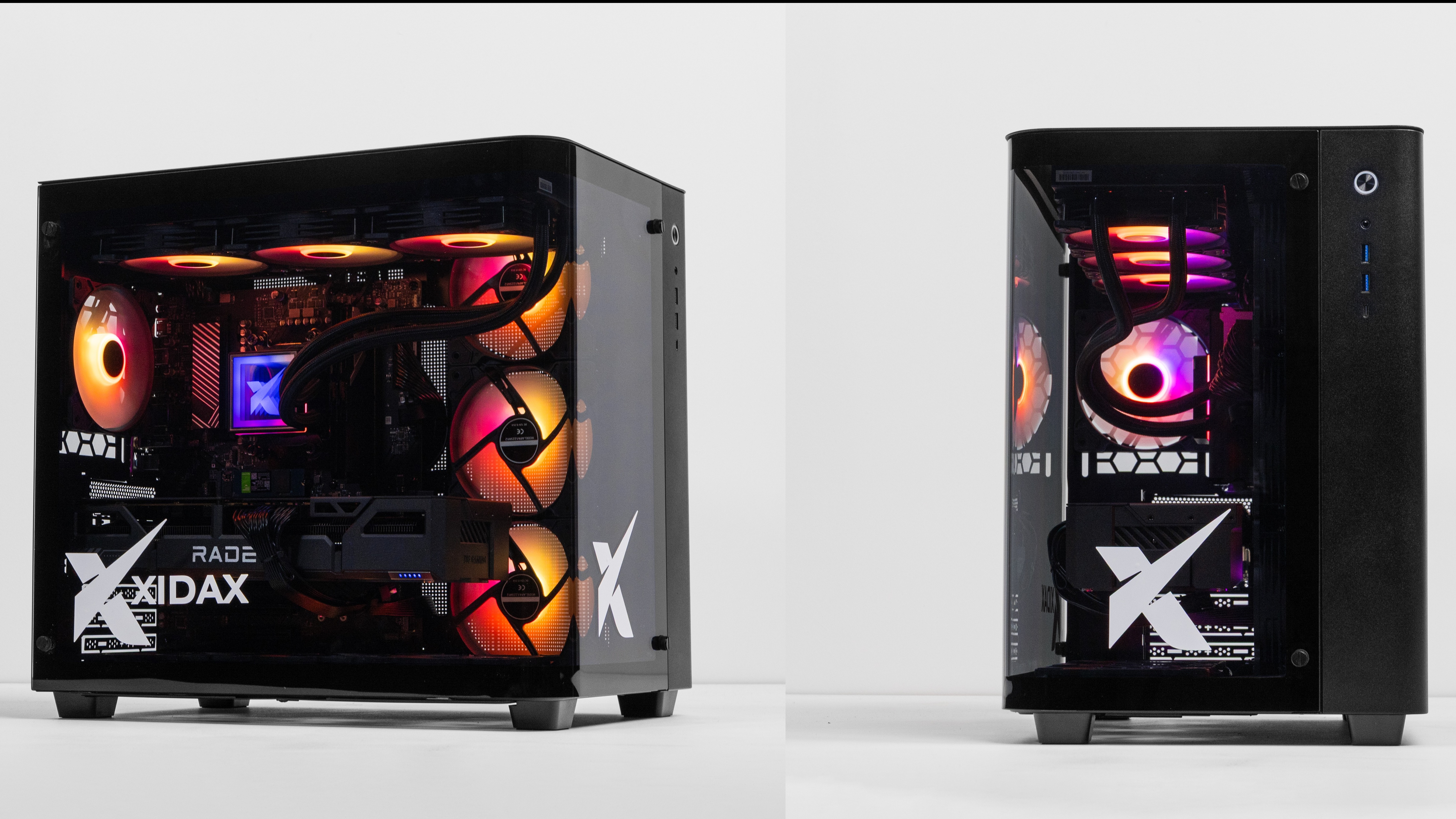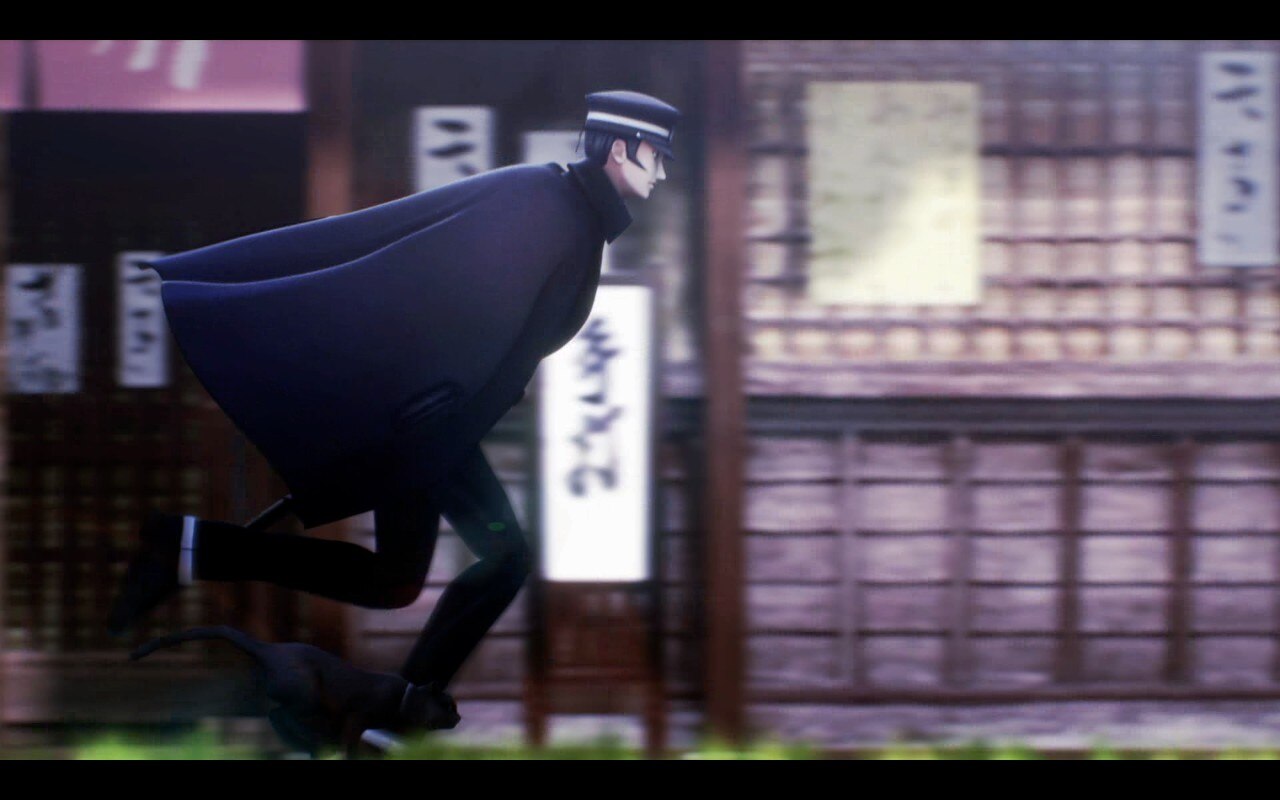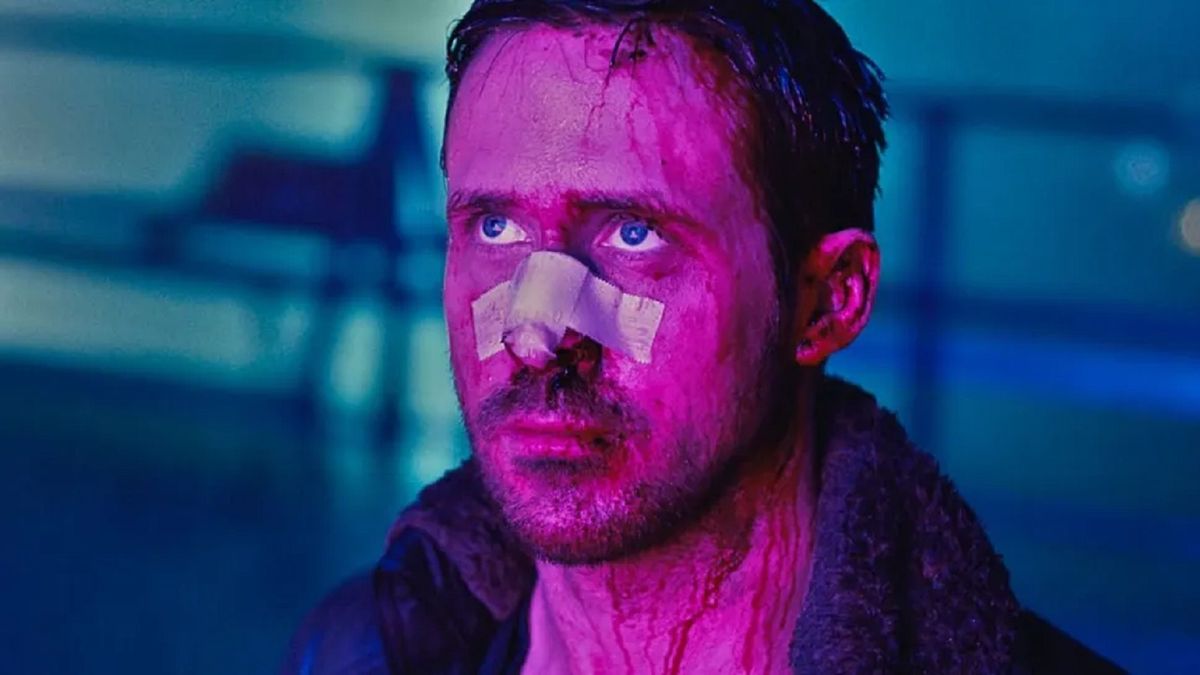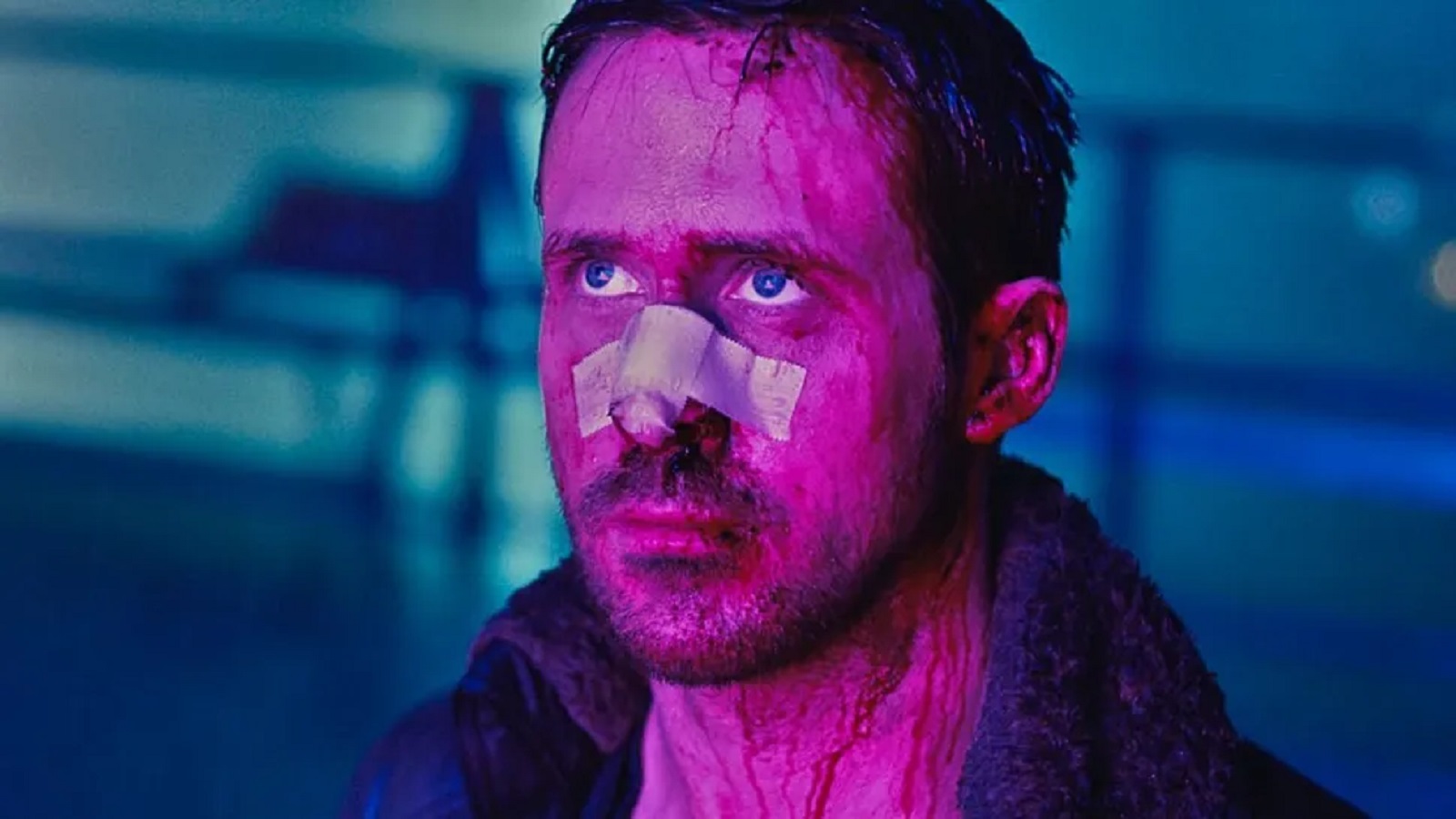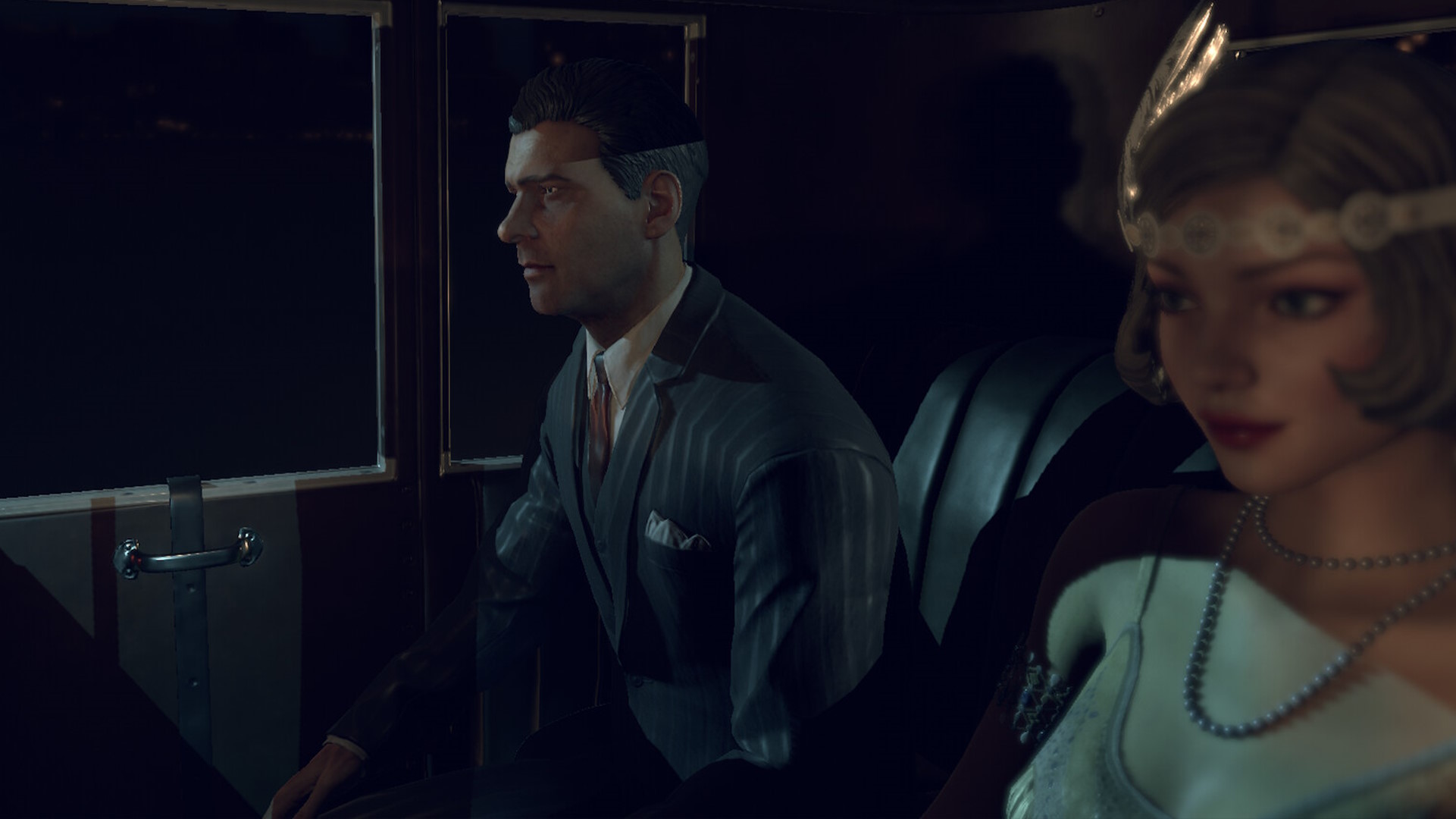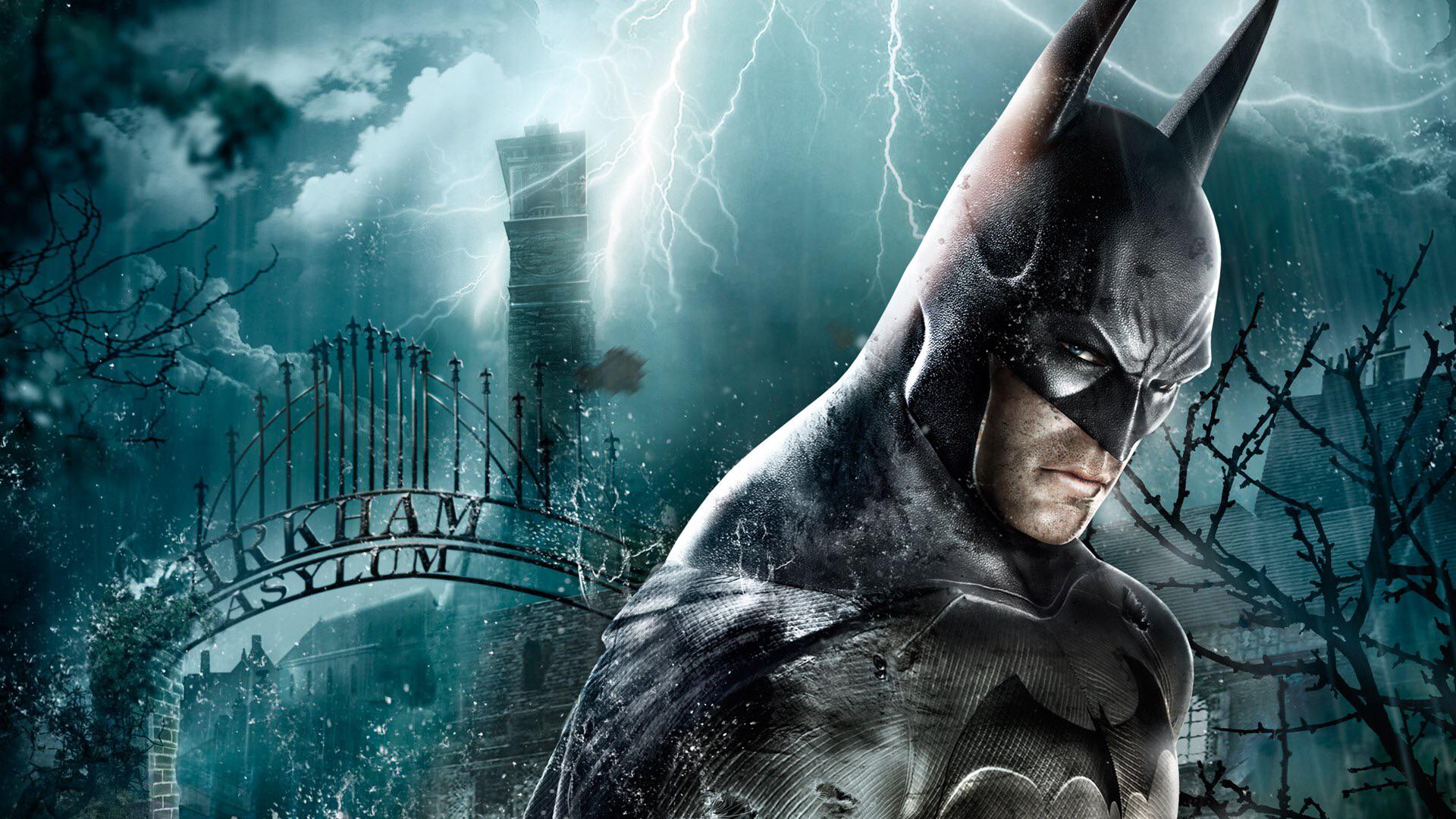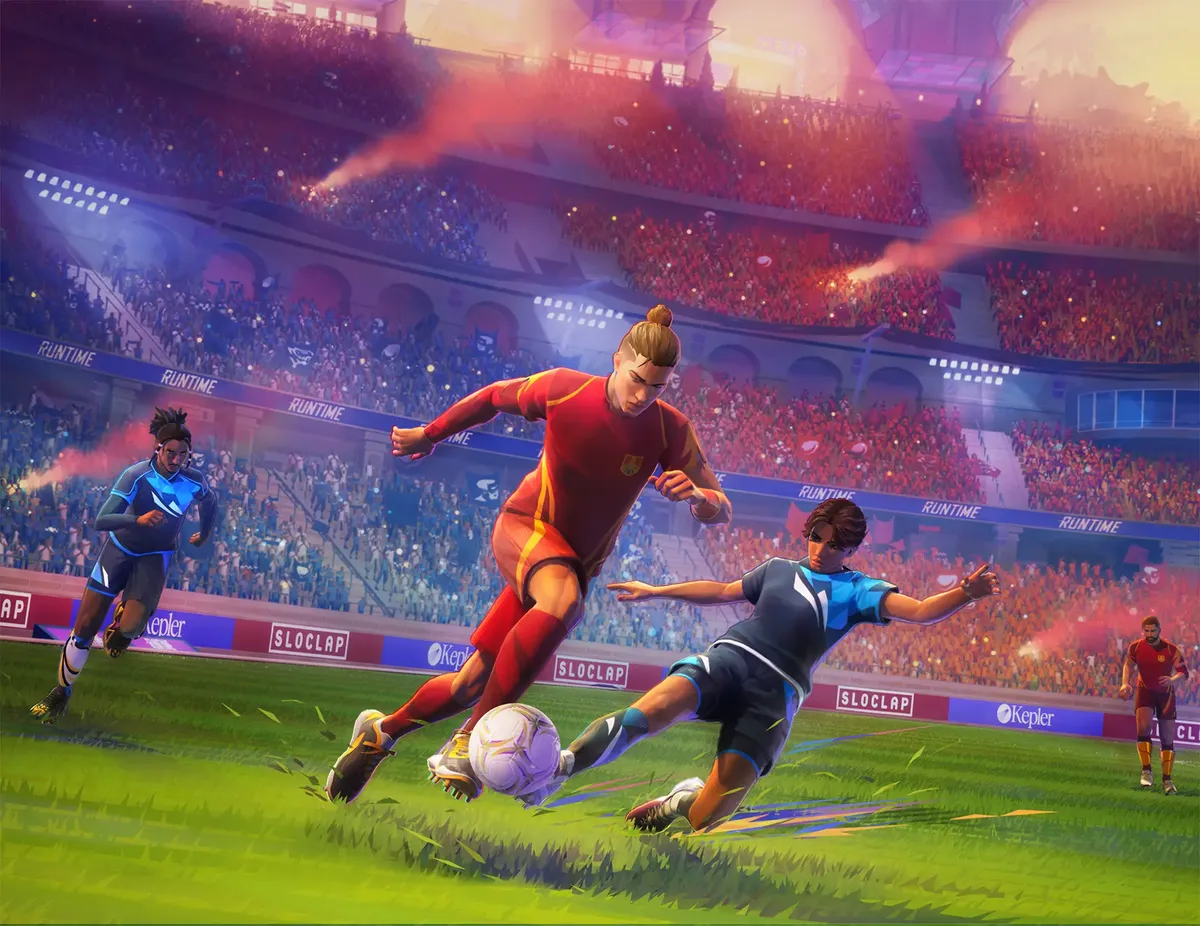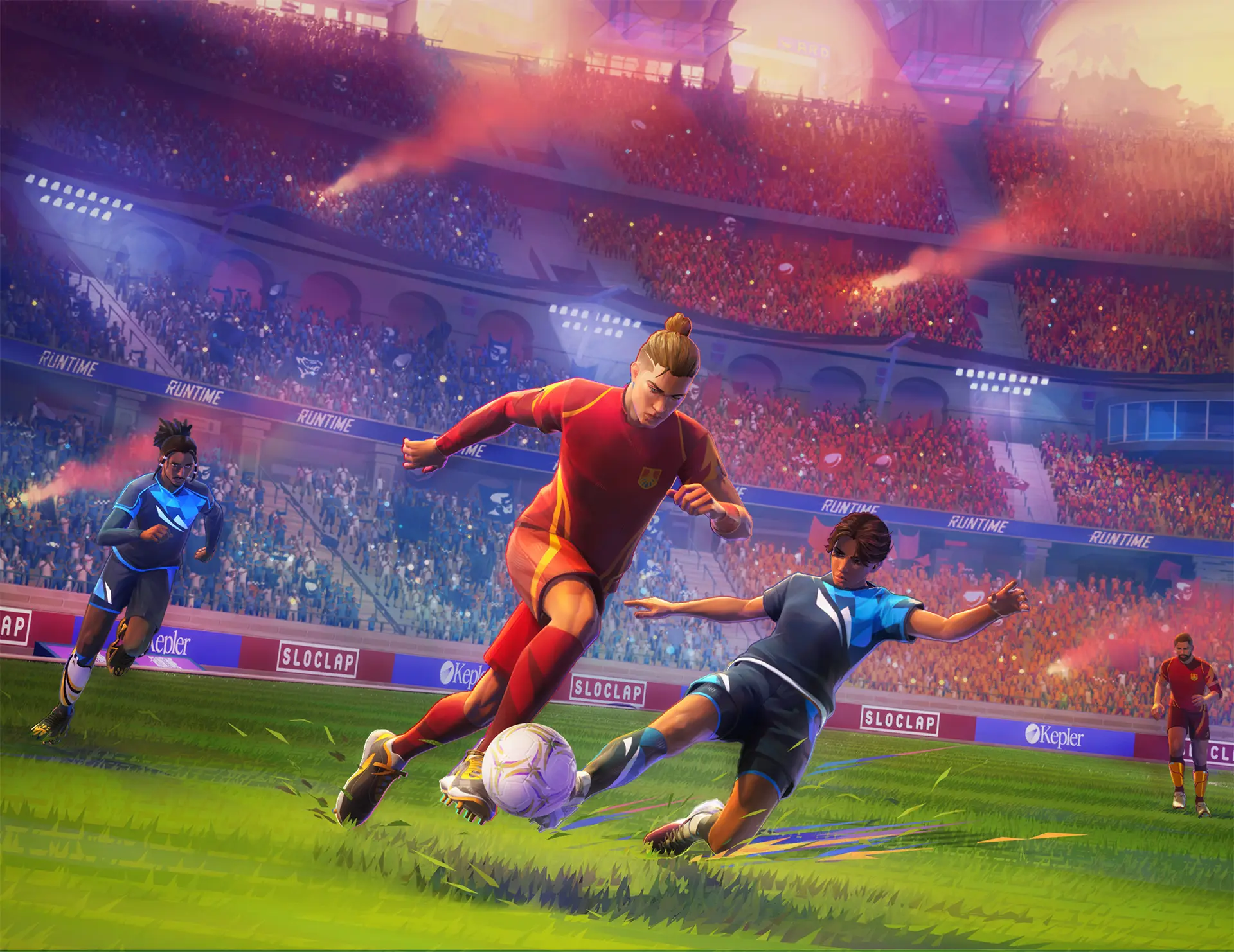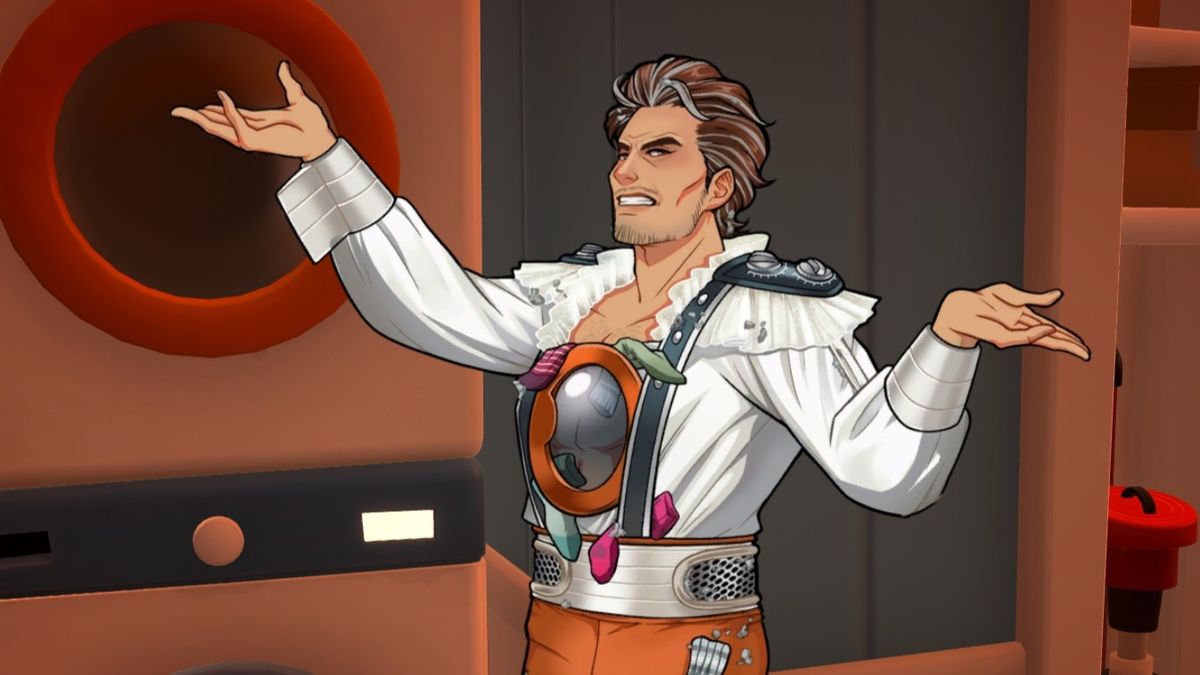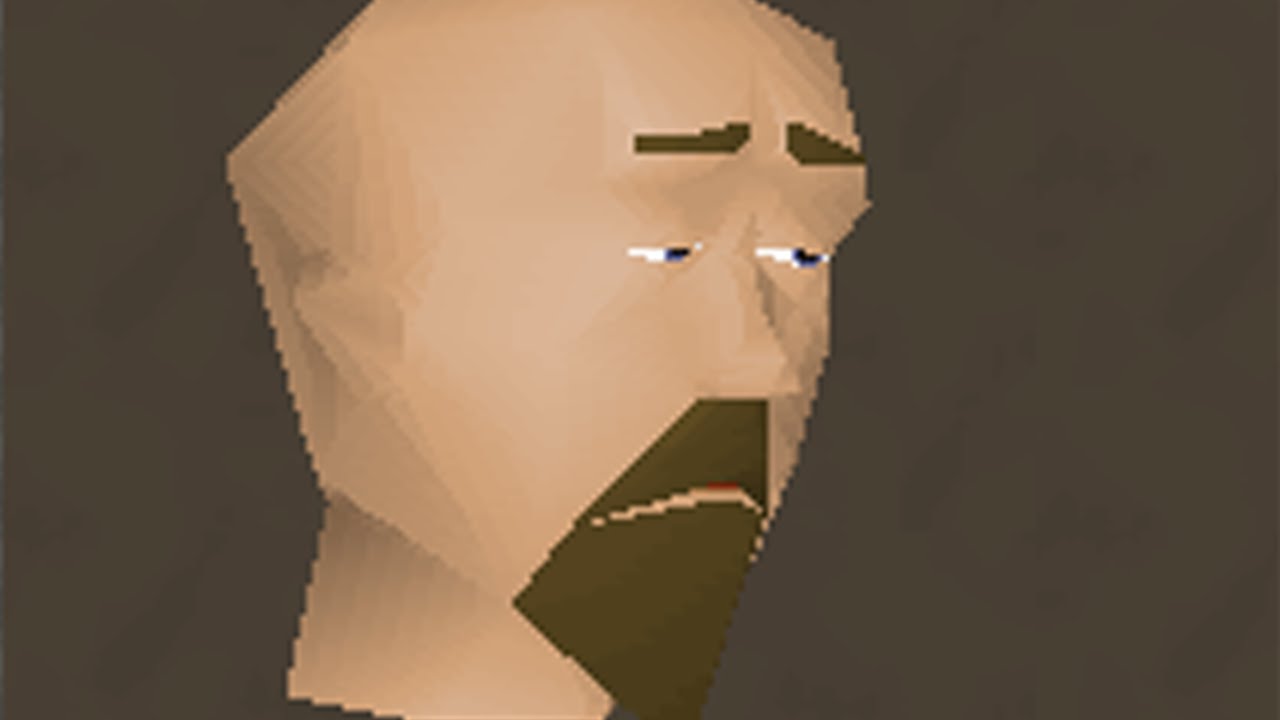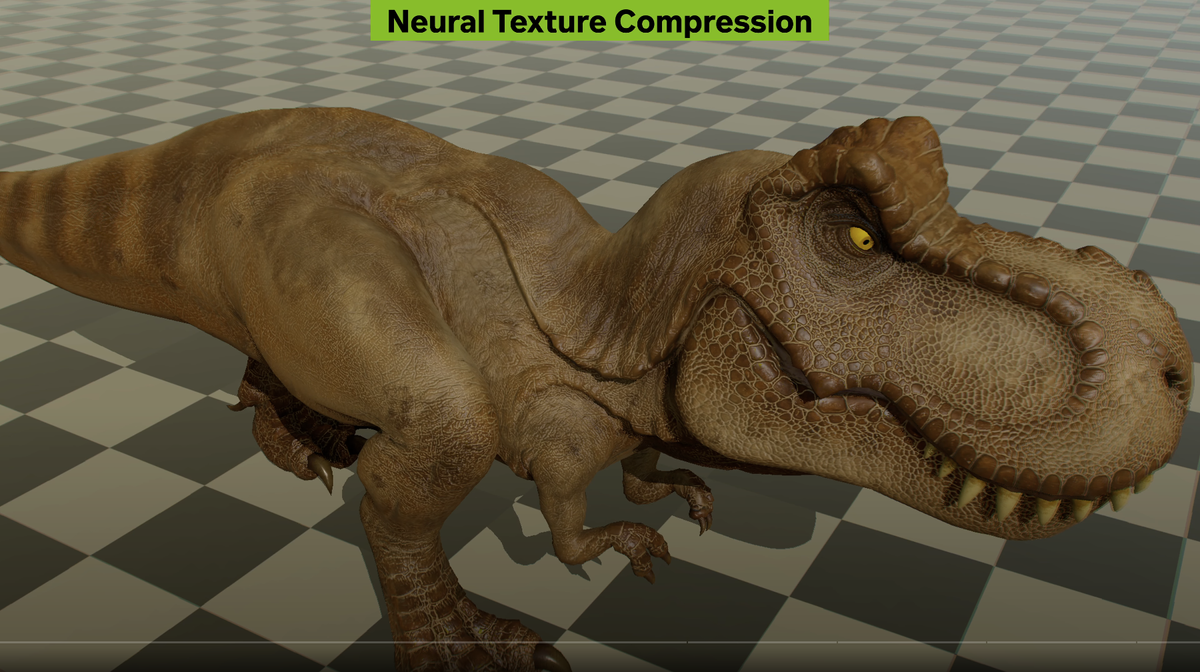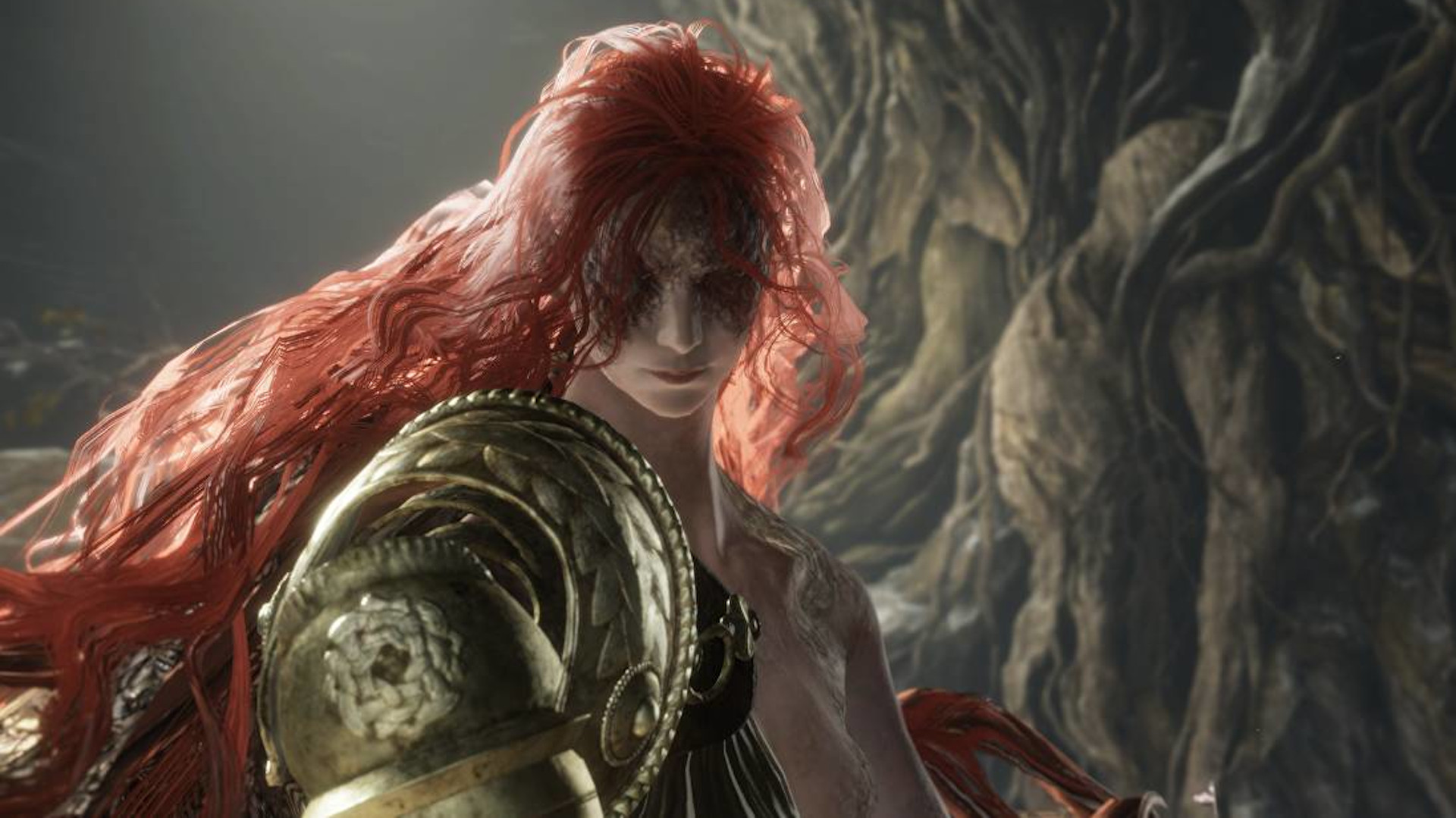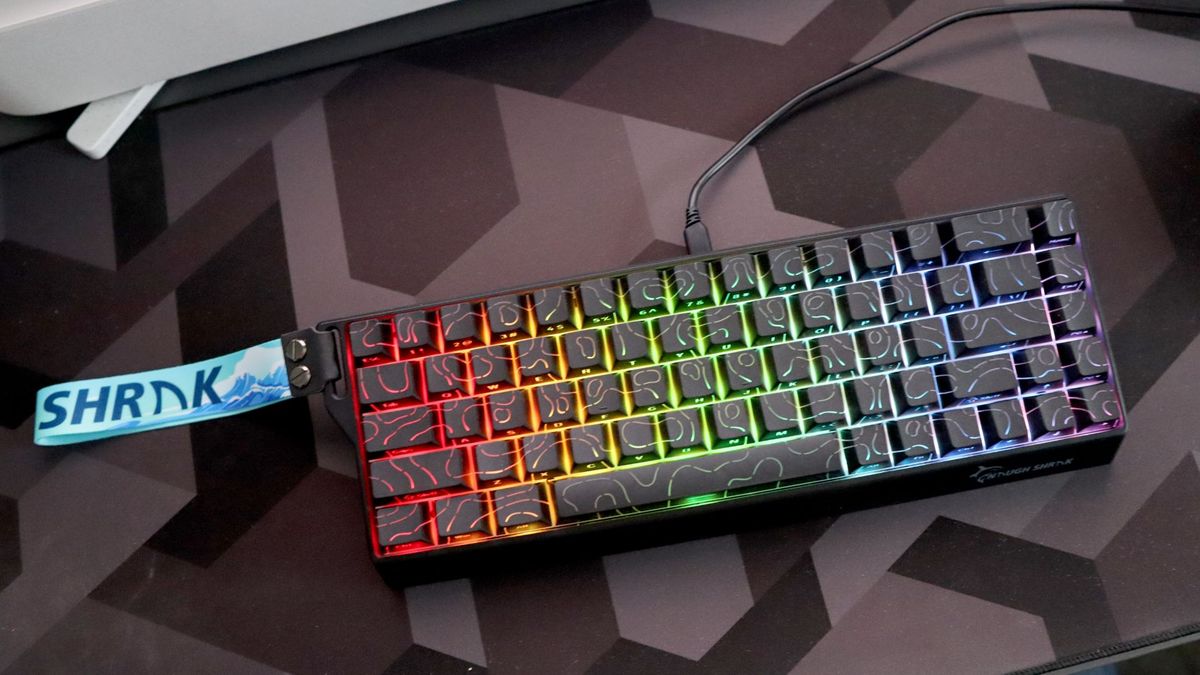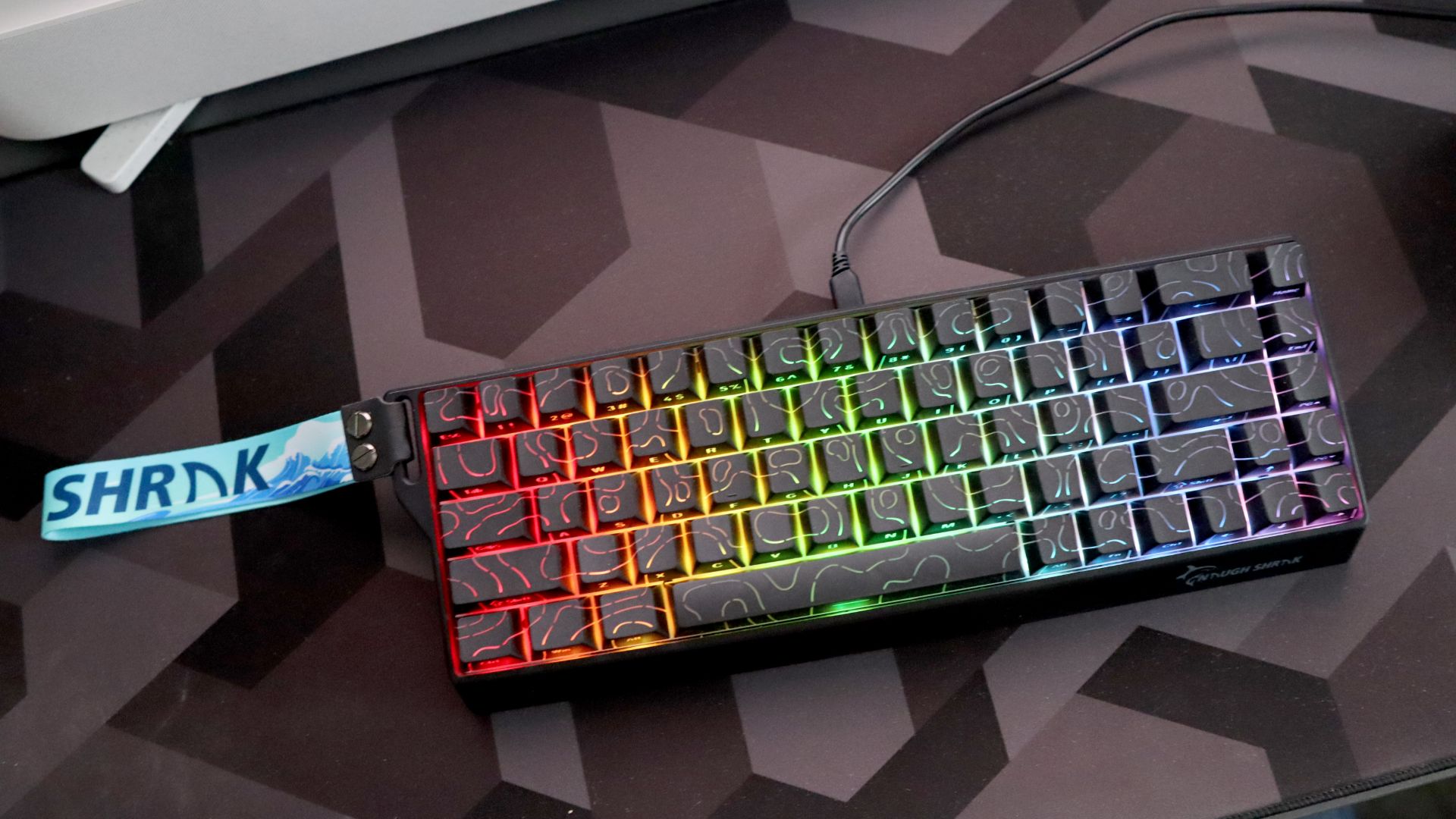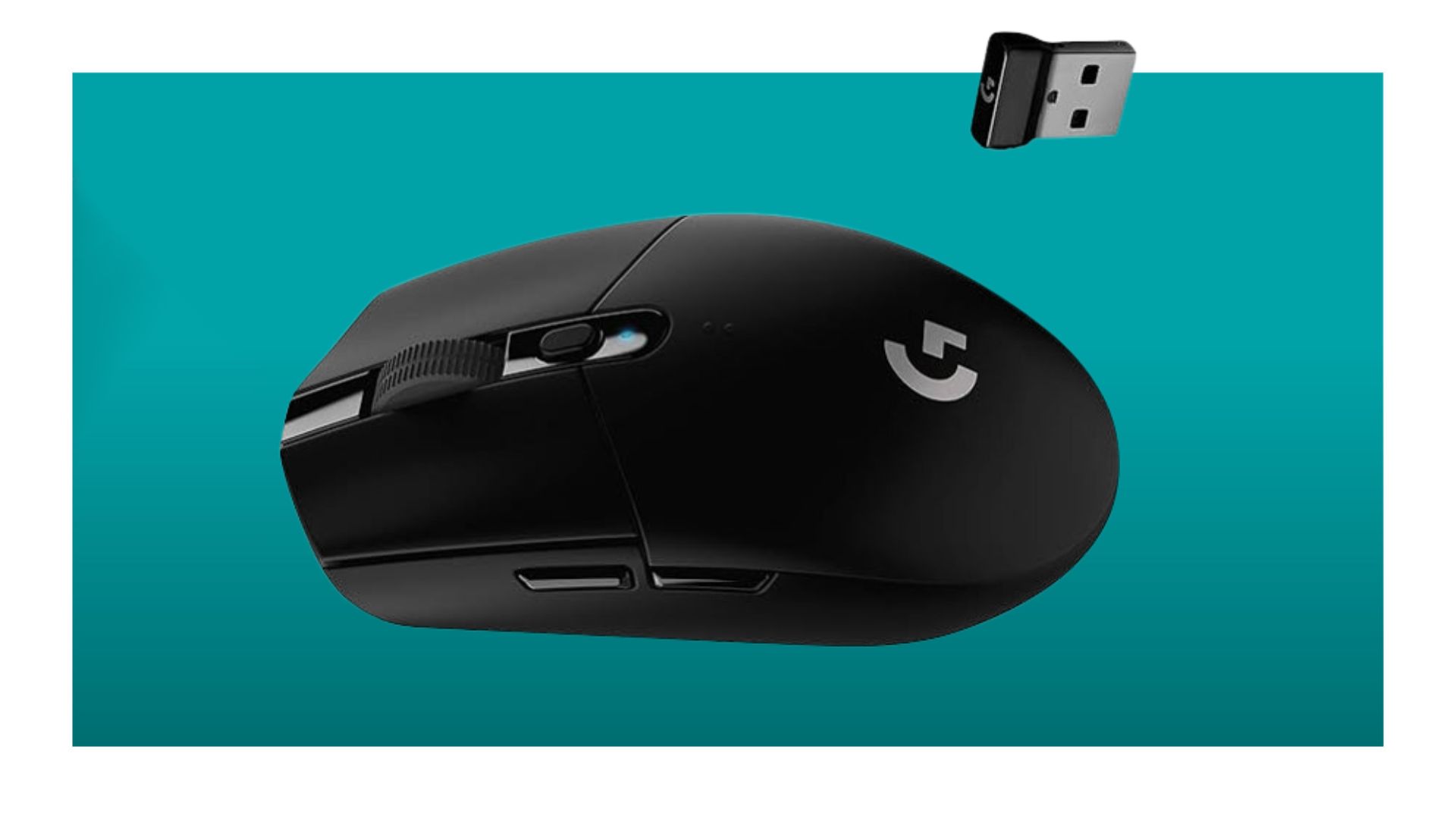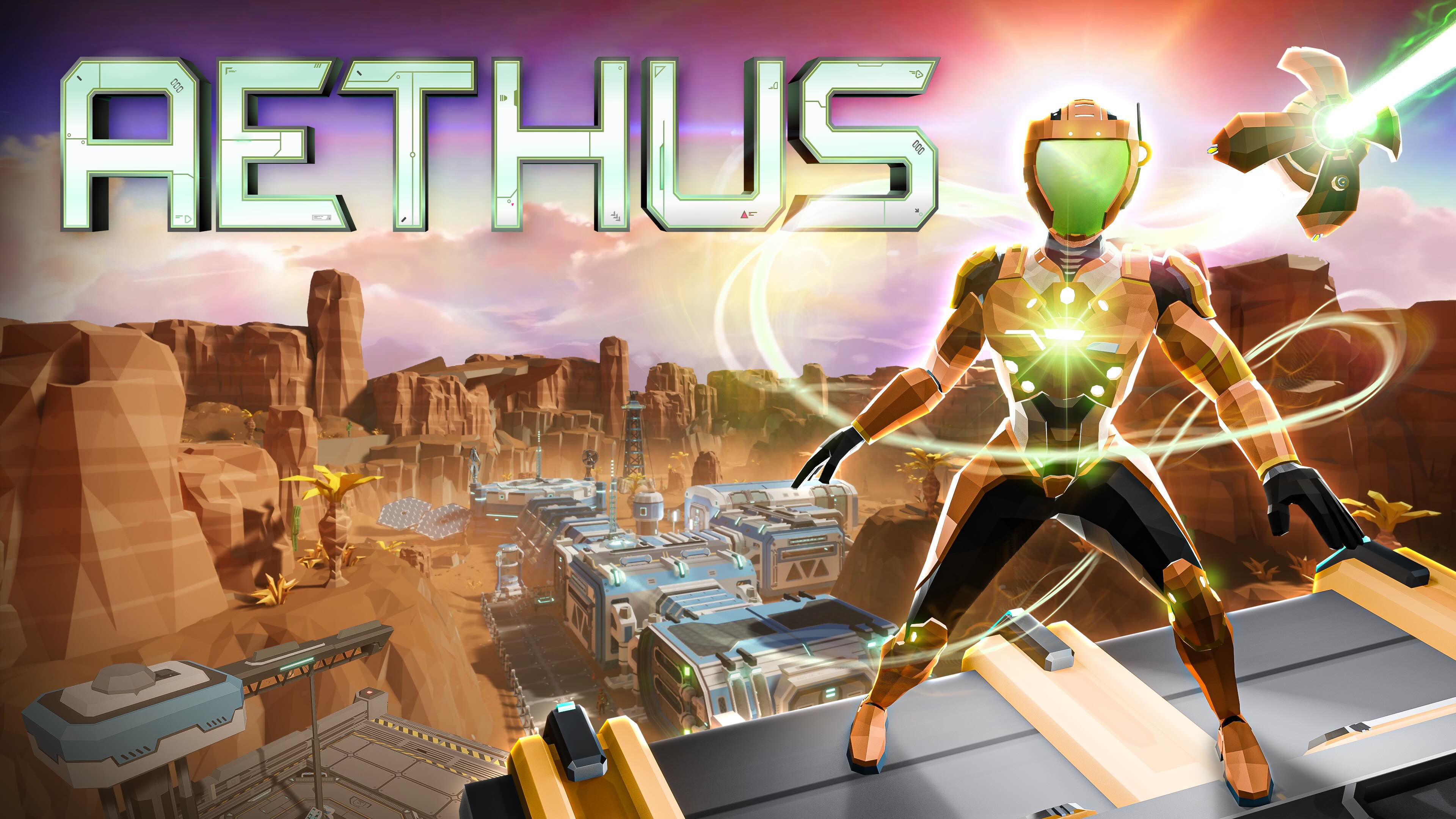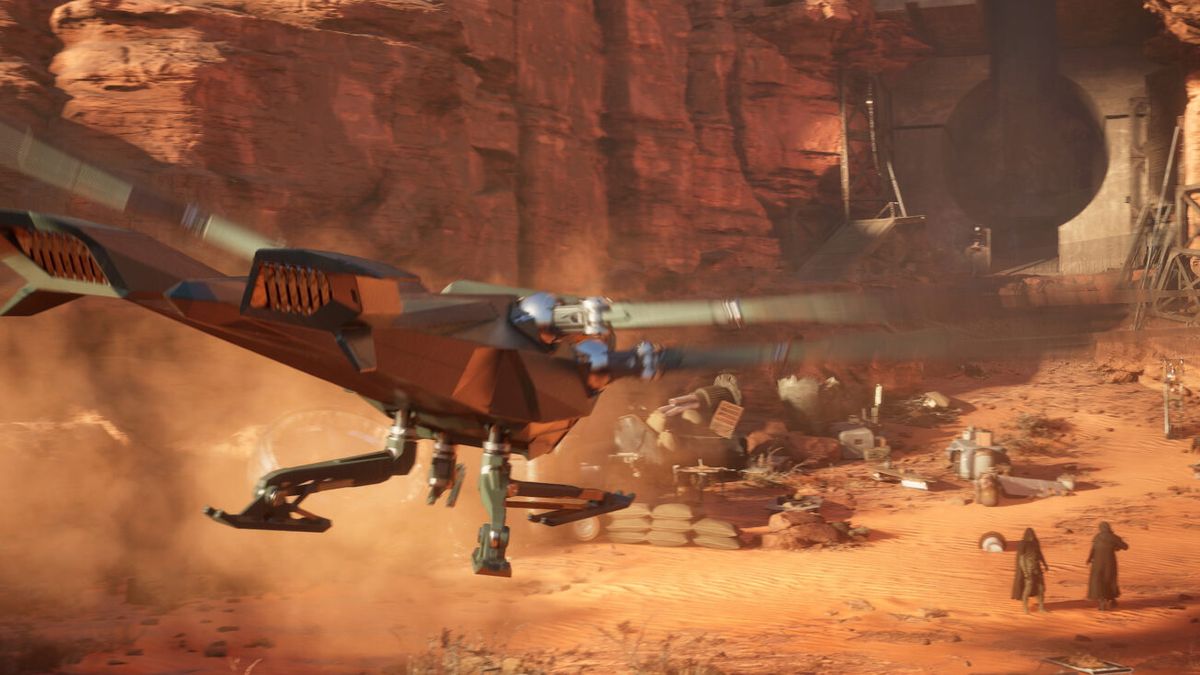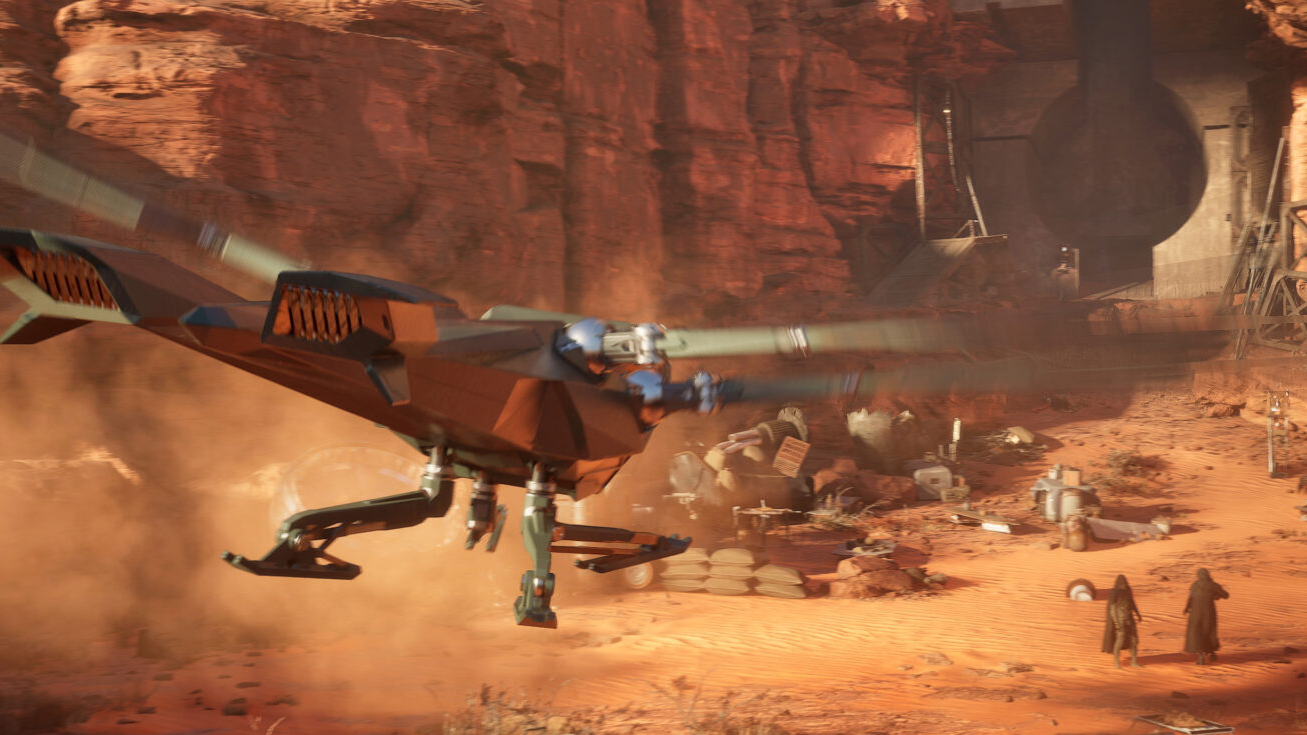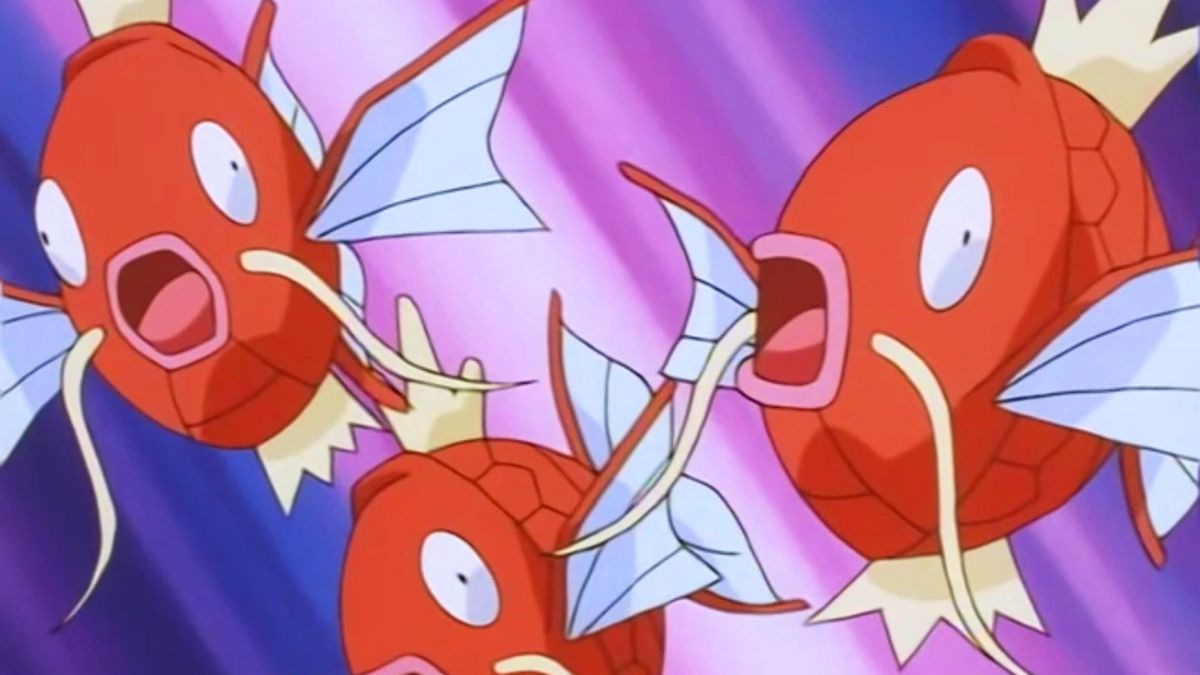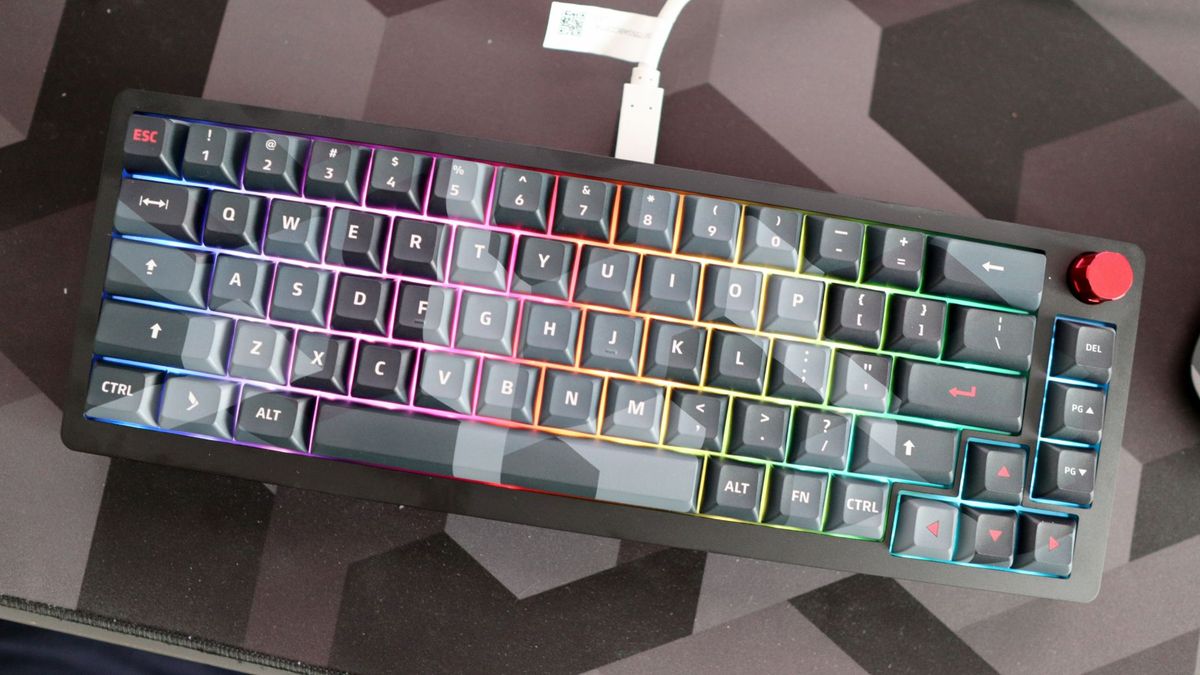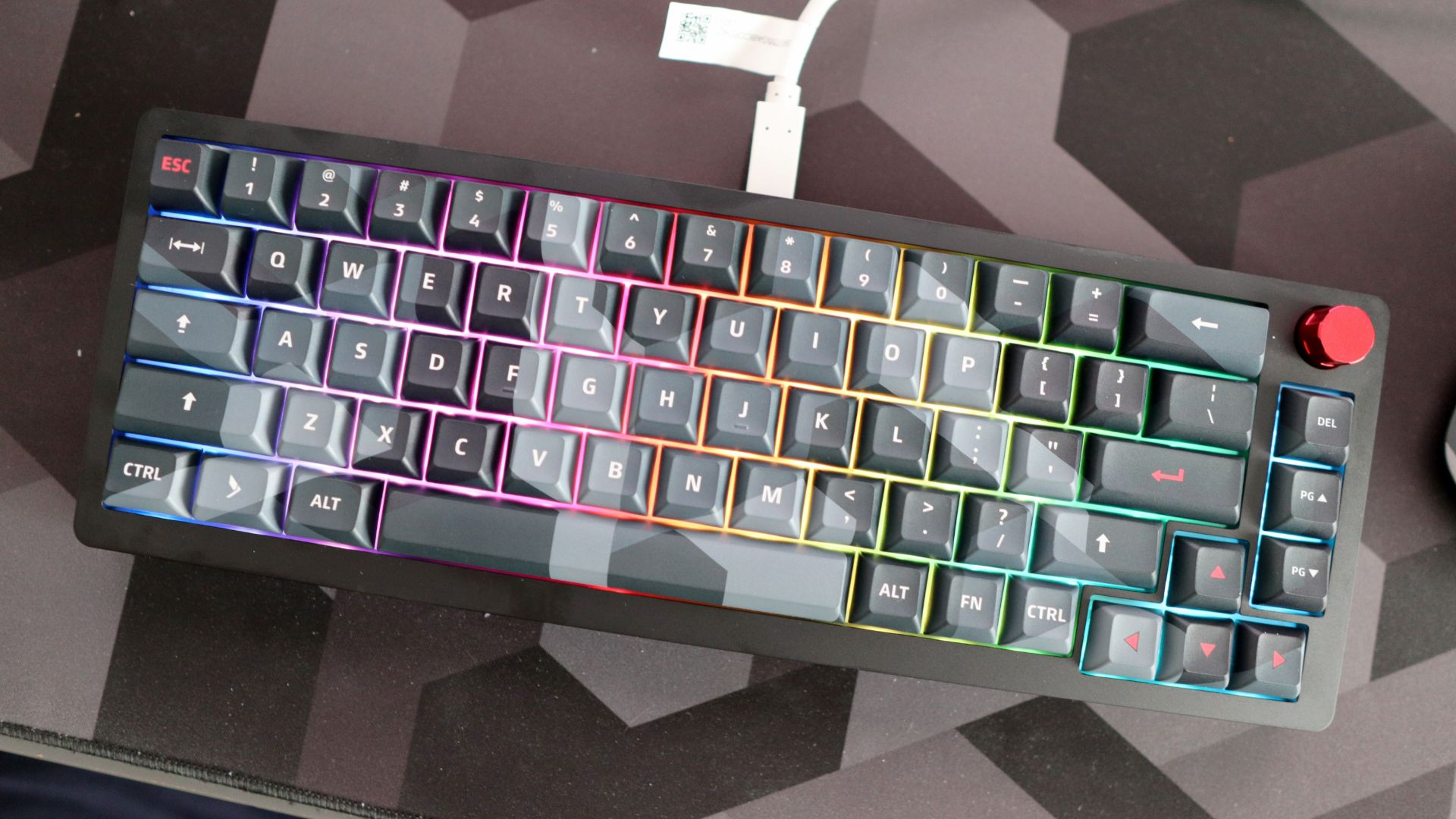
With Blumhouse’s next Five Nights at Freddy's film releasing this December, there’s no better time to play through the Five Nights at Freddy’s games. Created by Scott Cawthon, the first Five Nights at Freddy's game launched back in 2014 and has since garnered an incredible fan base. The horror hit has been followed with a wide variety of sequels; from mainline games to plenty of spinoffs.
For those interested in taking on the night shift against these killer animatronics, we’ve detailed how to play each of the mainline FNAF games in both chronological and release date order below.
Jump to:
How Many Five Nights at Freddy’s Games Are There?
There are 12 main FNAF games in total, which we’ve covered below. As far as spin-offs and more challenge-based games go, though, there are 4 additional FNAF games that fall in this category. These are Five Nights at Freddy’s World, Freddy in Space 2, Security Breach: Fury’s Rage, and Ultimate Custom Night.
Which Five Nights at Freddy's Game Should You Play First?
We recommend starting with Five Nights at Freddy's, the series' first entry from 2014. It's the ideal way to familiarize yourself with the series' mechanics, as newer entries build on that original formula. It's also a safe way to begin from a narrative perspective given how convoluted the chronology has become over the last decade.
Five Nights at Freddy’s Games in Chronological Order
For those looking to play through the Five Nights at Freddy’s games in chronological order to get the full story, we’ve done our best to arrange them in story order. If you have different theories about this franchise’s order, though, share them in the comments!
1. Five Nights at Freddy's: Secret of the Mimic (2025)

Available on: PC, PS5
The newest FNAF game happens to be the earliest-set game in the series so far. Secret of the Mimic, from what we can gather from various hints in-game, takes place in 1979, several years before the official opening of Freddy Fazbear's Pizza. The Mimic was originally introduced in the Ruin DLC for Security Breach, and plenty of theories have been thrown out there about who (or what) The Mimic really is.
Secret of the Mimic dives into these questions. The player takes on the role of a Fazbear technician named Arnold who's tasked with retrieving the Edwin Murray's inventions from a particularly unsettling Costume Manor. When power goes out at the manor, Arnold begins to notice signs he may not be alone. Secret of the Mimic uses first-person view, leaning into the survival horror genre with subtle hints about the killer animatronics (and their creators) we encounter later in the series.
2. Five Nights at Freddy’s 4 (2015)

Available on: Android/IOS, Nintendo Switch, PC, PlayStation 4, Xbox One
Five Nights at Freddy’s 4 takes place in 1983. This is assumed because of an easter egg during one of the post-Night minigames that can be seen by interacting with a TV in the living room. After hitting it enough times, it’ll eventually bring up a still for a commercial for a show called Fredbear and Friends, which appears to have aired in 1983, given that’s the date beneath the title.
Compared to its predecessors, though, FNAF 4 has a different setting. This time, you play as a young child in their bedroom rather than as a security guard in an office. Throughout the night, you’ll need to run from your bedroom doors to your closet (and even check behind you on your bed) for a variety of terrifying enemies, but mainly nightmare variations of the original animatronics: Freddy, Bonnie, Chica, and Foxy. Listen out for them and keep your flashlight close to scare them away.
3. Five Nights at Freddy’s 2 (2014)

Available on: Android/IOS, Nintendo Switch, PC, PlayStation 4, Xbox One
Five Nights at Freddy’s 2 is next in a chronological playthrough and brings players to the newly-opened Freddy Fazbear’s Pizza to work the night shifts as a security guard. FNAF 2 also introduces new animatronics in the mix alongside updated versions of its classics. These new additions are The Puppet and Balloon Boy, so you’ll have more to watch out for on the cameras.
This time around, you’re also given a Freddy Fazbear head to wear in case the animatronics happen to reach your office. With it on, most of the animatronics will have a harder time recognizing you and leave, which’ll buy you some more time before the crack of dawn. You also have a music box that you need to keep wound up to keep The Puppet away. This animatronic won’t be fooled by your sneaky little fake Freddy head, so make sure to keep the music box going.
We’ve placed this game as second in line for a chronological playthrough, as it’s set in 1987. This can be assumed from the paycheck you receive at the end of Night 5, which is dated for that year.
4. Five Nights at Freddy’s: Sister Location (2016)

Available on: Android/IOS, Nintendo Switch, PC, PlayStation 4, Xbox One
In a departure from the previous game, and as its title may point to, Five Nights at Freddy’s: Sister Location takes place at a different spot called Circus Baby's Entertainment and Rental, which features its own animatronics as well. This time around, you play as a technician working night shifts with a series of tasks to complete alongside surviving the animatronics.
Five Nights at Freddy’s: Sister Location is actually a bit trickier to place on the timeline, and many fans still debate when it could be set. The reason we’ve chosen this slot is because of a line HandUnit says at the beginning of the game: “Due to the massive success, and even more so, the unfortunate closing of Freddy Fazbear’s Pizza, it was clear that the stage was set, no pun intended, for another contender in children’s entertainment.” This line could be referencing when Freddy Fazbear’s Pizza closed down in ‘87 following FNAF 2, which is also brought up by Phone Guy in FNAF 1 during Night 1. So, for now, having Sister Location between the two seems like a good fit. Let us know your theories in the comments below, though!
5. Five Nights at Freddy’s (2014)

Available on: Android/IOS, Nintendo Switch, PC, PlayStation 4, Xbox One
The one that started it all. Five Nights at Freddy’s was the first game that had players taking on the security guard mantle to keep watch of Freddy Fazbear’s Pizza for five night shifts. Mainly, you need to keep an eye on the animatronics there: Chica, Bonnie, Foxy, and of course, Freddy Fazbear. Their behavior has become a bit unpredictable lately, and they like to roam around freely at night… just make sure they don’t roam into your office.
Alongside the cameras that need to be checked, players can also close the security doors near them if the animatronics get too close during the night. Keep in mind, though, you only have limited amounts of power to use. Once it’s gone, goodbye doors and lights!
Five Nights at Freddy’s takes place a few years later than the previously mentioned games, likely sometime in the early ‘90s. This can be assumed from Phone Guy’s dialogue during Night 1 where he says that the animatronics used to be able to walk around during the day, “but then there was the bite of ‘87.” This helps place it after FNAF 2 and before FNAF3, which we’ll get to next.
6. Five Nights at Freddy’s: Into the Pit (2024)

Available on: PlayStation 5, PlayStation 4, Xbox Series X|S, Xbox One, Nintendo Switch, PC
Into the Pit, the latest game in the series, is a point-and-click adventure based on the Five Nights at Freddy's book of the same name. The story is split between two time periods: modern day and 1985.
It's uncertain where Into the Pit's modern storyline fits into the series' chronology, or if it exists within the ongoing narrative at all, though assuming it does, we're confident it takes place around the time of Five Nights at Freddy's 3. We've placed it ahead of FNaF3 given several items found in Jeff's Pizza, the setting of Into the Pit, can be found at FNaF3's Fazbear's Fright, which was said to be decorated with remains from the original restaurant, which later became Jeff's Pizza.
7. Five Nights at Freddy’s 3 (2015)

Available on: Android/IOS, Nintendo Switch, PC, PlayStation 4, Xbox One
According to Five Nights at Freddy’s 3’s Steam description, this game is set “Thirty years after Freddy Fazbear's Pizza closed its doors,” which would put it after the events of FNAF 1, given that’s when Freddy Fazbear’s Pizza closed for good, and, if we’re going with the early ‘90s, would set it sometime around the 2020s. It brings players into a brand new location as well… Fazbear’s Fright: The Horror Attraction. Yes, this new attraction is based on the terrifying events that happened in Freddy Fazbear’s Pizza, and they even have old animatronics from it to really keep you on your toes!
Once again, you step into the shoes of a security guard keeping watch of the attraction and its “great new relics” that have been picked up. Like before, you’ll have security cameras to monitor, but this time you also have a maintenance panel to reboot systems that go offline and close off vents to prevent those creepy animatronics from crawling toward your office space.
8. Freddy Fazbear’s Pizzeria Simulator (2017)

Available on: Android/IOS, Nintendo Switch, PC, PlayStation 4, Xbox One
If you’re feeling tired of working security or maintenance, why not make the jump into running your own pizza place? In Freddy Fazbear’s Pizzeria Simulator, you get to do just that. But don’t worry, this game isn’t without its frights. You’ll still need to keep the animatronics away from you when in your office, and there’s plenty to monitor when you’re in there as well.
Not only do you have a computer near you to keep tabs on everything and complete your tasks, but you’ll need to watch the vents on both sides of you for anything that could be crawling through. However, both your computer and the vents make quite a bit of noise, so you’ll have to take turns shutting them off to hear your surroundings.
Throughout the game, you’ll salvage animatronics as well. One of these is Springtrap, whose first appearance in the series was in FNAF 3, which places this game sometime after it in a chronological playthrough.
9. Five Nights at Freddy’s: Help Wanted (2019)

Available on: Android/IOS, Nintendo Switch, Oculus Quest, PSVR, PC, PlayStation 4, Xbox One
Five Nights at Freddy’s: Help Wanted was the franchise’s first step into VR - and later came out on PC and consoles. Developed by Steel Wool Studios in collaboration with Scott Cawthon, in Help Wanted you can play through a variety of mini-games that feature familiar animatronics and experiences from earlier games in the series.
But where does this game fit into the timeline? During the opening ‘Welcome’ message for the game, HandUnit states that “Fazbear Entertainment has developed something of a bad reputation over the last few decades, [...] That's why we have recreated many of these completely fictitious scenarios (lies) that you've been fed over the last several years into a hilarious VR game.” And given that Help Wanted recreates situations from previous games in the timeline up to FNAF 3 on our list, it makes sense to place it after that game and near Pizzeria Simulator.
10. Five Nights at Freddy’s: Special Delivery (2019)

Available on: IOS/Android
Five Nights at Freddy’s: Special Delivery is an Augmented Reality game that was released on mobile devices just a few months after Help Wanted. Much like how Help Wanted immersed you into FNAF in VR, Special Delivery did the same by bringing the animatronics home to you. In this game, you have to keep an eye out for them on your mobile device as they stalk around the room, utilizing a flashlight and controlled shock to stop them.
Similar to Help Wanted, Special Delivery involves its own branch of Fazbear Entertainment. Here, the Fazbear Funtime Service is what’s sending the animatronics to your house and, when it comes to the franchise’s timeline, it would make sense that they’d create something like this around the time of The Freddy Fazbear Virtual Experience in Help Wanted. Given how HandUnit explains at the start of Help Wanted that, “Fazbear Entertainment is excited to join the digital age, and what better way to do that than with an edge-of-your-seat virtual reality experience,” it sounds like that was their first endeavor, and this would be their second outing into it.
11. Five Nights at Freddy’s: Security Breach (2021)

Available on: Google Stadia, PC, PlayStation 4, PlayStation 5, Xbox One, Xbox Series X/S, Nintendo Switch
Security Breach is the second game in the franchise to be developed between both Scott and Steel Wool Studios, following Help Wanted. It’s a free-roam survival horror where you play as a young boy named Gregory who gets trapped at night in Freddy Fazbear’s Mega Pizzaplex. Throughout the night, he’ll need to survive the various animatronics, but with a surprising helpful hand along the way.
In a chronological playthrough, this game comes in last. This can largely be taken away from the fact that Freddy Fazbear’s has now grown into a Mega Pizzaplex, but there’s also a moment in one of the endings that helps confirm that it’s set after one of the previously mentioned games. However, so as to avoid spoilers, we’ll let you uncover that ending on your own!
The free Ruin DLC for Security Breach is also available to play now. Our Security Breach wiki guide has a walkthrough, collectibles guide, and information on how to start the Ruin DLC if you need it, too.
12. Five Nights at Freddy's: Help Wanted 2 (2023)

Available on: PlayStation 5, PC, PSVR2, Steam VR, Meta Quest
Once again developed by Steel Wool Studios in collaboration with Scott Cawthon, Five Nights at Freddy’s: Help Wanted 2 is pretty similar to its predecessor, featuring a wide variety of minigames for you to dig into. But where does this game land on the Five Nights at Freddy’s timeline?
Help Wanted 2 takes place between Five Nights at Freddy’s: Security Breach and its DLC, RUIN. That makes it the last full game in the lore’s current timeline, but not quite the very final event. This slightly complicated placement is due to one of Help Wanted 2’s endings, in which your character becomes the Maskbot that gives the V.A.N.N.I mask to Cassie, the protagonist from the RUIN DLC. This interaction with her happens towards the start of RUIN, meaning the events of Help Wanted 2 start sometime before that DLC.
In keeping with its older sibling, Help Wanted 2 is also a VR game! It’s available on PSVR 2, Steam VR, and Meta Quest. And for those who don’t want to be fully immersed as a Fazbear employee, a flat version of the game was also released on June 20 for PlayStation 5 and PC.
Five Nights at Freddy’s Games in Release Order
If you’re interested in playing through the main Five Nights at Freddy’s games in their release order, you can find them listed as such below:
The Future of Five Nights at Freddy’s
Secret of the Mimic launched on June 13. There's no official word on new Five Night's at Freddy's games in development, though we're sure they exist. In the meantime, a sequel to the Five Nights at Freddy's movie starring Josh Hutcherson is also on the way, planned for release on December 5, 2025.
Hannah Hoolihan is a freelance writer who works with the Guides and Commerce teams here at IGN.
